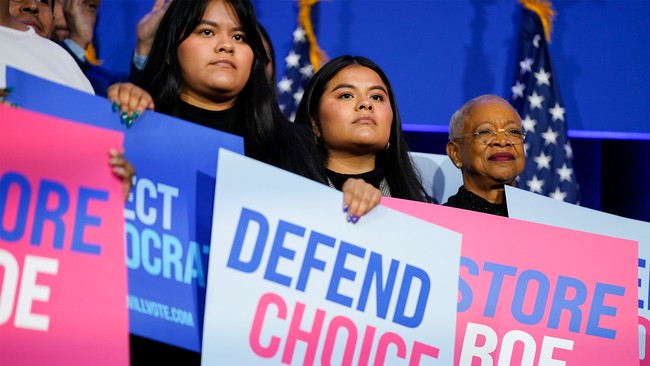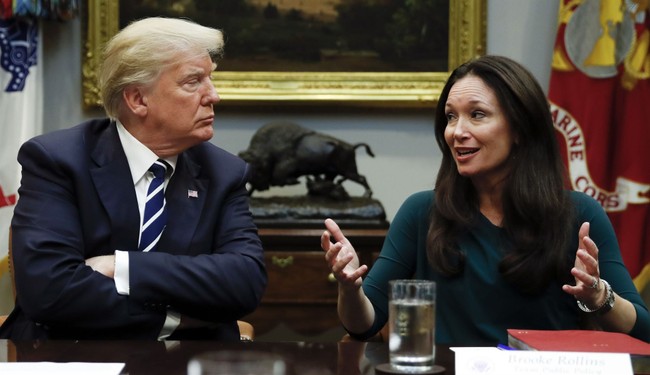Republicans and Democrats approach public relations in fundamentally different ways. For Republicans, dealing with mainstream media often feels like a constant battle. The media is seen as an obstacle to overcome, not a partner to rely on.
This contrasts sharply with the experience of Democrats. For them, the mainstream media is more of an ally, akin to a trusted friend. They share similar views and values, making collaboration a natural fit.
The Democrats’ relationship with the media allows them to broadcast their strategies effectively. Having the media on their side is a significant advantage. It’s a resource they utilize to its fullest potential.
A recent piece in The New York Times, “Still Searching for the Path Forward,” sheds light on the Democratic Party’s ongoing efforts to revamp its image. The article, penned by Shane Goldmacher, delves into the party’s strategic planning. It highlights the insights of various consultants and researchers working to reshape the Democrats’ narrative.
One intriguing tactic comes from a Democratic researcher, Anat Shenker-Osorio. She employs a unique method asking voters to liken political parties to animals. Her findings illuminate public perceptions of the two major parties.
According to her research, Republicans are often seen as “apex predators.” They’re likened to powerful animals such as lions and sharks. This perception aligns with the Republican approach of assertively seizing opportunities.
Democrats, meanwhile, are compared to slower, more passive creatures. They’re often viewed as tortoises or sloths. However, one voter described them as “a deer in headlights,” capturing their perceived indecisiveness.
Reflecting on the past decade, Democrats have struggled to define themselves beyond opposition to figures like Donald Trump. Their focus on reacting to Republican moves has limited their ability to set their own agenda. This reactive stance has contributed to their image problem.
The Republicans’ portrayal as decisive leaders resonates with many Americans. A preference for strong, assertive leadership is evident. This is a quality people generally desire in their leaders.
Democrats, however, are beginning to recognize their challenges. They acknowledge that their issues extend beyond a single election cycle. The party’s struggles with voter registration and identity have been ongoing.
A shift in perception has seen Democrats increasingly viewed as representatives of the elite. This has contributed to a loss of support among working-class voters. The party is now seen by some as disconnected from the average American’s concerns.
Rob Flaherty, a former deputy campaign manager, noted the party’s loss of trust with the public. This erosion of confidence has been a long-standing issue for Democrats. Rebuilding this trust is crucial for their future success.
Democratic strategists are now gathering to discuss how to win back key voter demographics. Luxury hotels serve as the backdrop for these high-level discussions. These settings, however, highlight the disconnect between the party and everyday voters.
The Democrats’ efforts to re-engage working-class voters include new initiatives. One such project, with a $20 million budget, focuses on young men. This group has become a critical target for Democratic outreach.
The initiative, dubbed SAM, seeks to understand the communication styles that resonate with young men. It aims to create content that captures attention in digital spaces. The project underscores the party’s need to adapt its messaging.
However, some argue that the Democrats’ challenges are not just about tone. Their policies are perceived as alienating to certain demographics. This has contributed to their struggle to connect with young male voters.
While Democrats invest heavily in research and strategy, some suggest a simpler solution. Understanding the basic interests and concerns of young men could be more effective. Acknowledging their preferences and values is essential for meaningful engagement.



